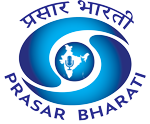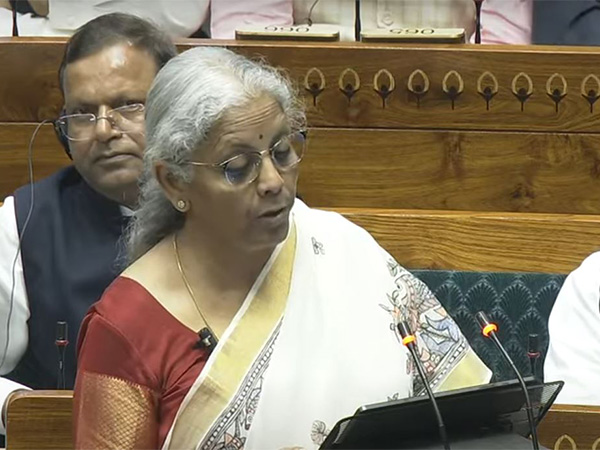Finance Minister Nirmala Sitharaman on Saturday presented the Union Budget 2025-26, laying out a strategic framework aimed at accelerating economic growth, promoting inclusive development, and strengthening India’s position as a global economic leader. The budget also emphasized uplifting household sentiment and enhancing the purchasing power of the country’s rising middle class.
Sitharaman asserted that the government’s efforts are centered on creating a balanced path toward prosperity, saying, “This budget is an effort to accelerate growth, secure inclusive development, invigorate society and industry, uplift household sentiment, and enhance the spending power of India’s rising middle class.”
Despite acknowledging the global economic uncertainties arising from geopolitical tensions, the Finance Minister exuded confidence in India’s economic resilience. Highlighting the achievements of the past decade, she stated that a series of structural reforms had transformed the country into the fastest-growing major economy, with the potential to shape the global economic landscape over the next five years.
“Our economy is the fastest-growing among all major global economies,” Sitharaman said. “The development track record and structural reforms over the last 10 years have drawn global attention. Confidence in India’s capability and potential has only grown in this period. We see the next five years as a unique opportunity to realize ‘Sabka Vikas,’ fostering balanced growth of all regions.”
The Finance Minister further invoked the words of celebrated Telugu poet Gurajada Apparao, who said a country is defined by its people rather than just its land. Drawing from this philosophy, the government outlined its vision for a “Viksit Bharat”, driven by comprehensive social and economic reforms aimed at eradicating poverty, ensuring universal education and healthcare, fostering meaningful employment, and strengthening India’s agricultural base to transform it into the “food basket of the world.”
In her address, Sitharaman highlighted the importance of increasing women’s economic participation, setting a target of 70% workforce inclusion. She also underscored the government’s intent to cultivate a skilled workforce capable of contributing to India’s global ambitions.
(Inputs from ANI)










